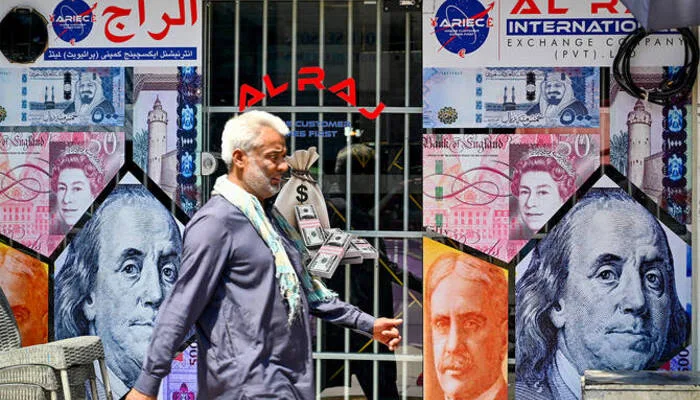Remittance inflows to Pakistan surged to an all-time high of $4.1 billion in March 2025, offering a much-needed boost to the country’s economy. The State Bank of Pakistan (SBP) confirmed the record-breaking figure, with Saudi Arabia leading the list of top contributors. This development signals a strong turnaround in Pakistan’s external account position amid ongoing efforts to stabilize the economy.
Current Account Likely to Post Surplus
Speaking at an event in Karachi, SBP Governor Jameel Ahmad stated that the robust inflow of remittances will likely push the country’s current account into a “substantial” surplus by June. This would be the best performance on the external account in the past two decades, he noted. The SBP has now revised its remittance forecast for the current fiscal year from $36 billion to $38 billion.
The country had already set a new monthly record in February 2025 with $3.1 billion in remittances. March’s figures have surpassed that milestone, helping the country avoid a repeat of last year’s foreign exchange crisis.
Foreign Exchange Reserves Set to Rise
Driven by healthy remittance flows, Pakistan’s foreign exchange reserves are expected to cross $14 billion by the end of the fiscal year. Currently, reserves stand at $10.6 billion. The governor added that Pakistan had successfully repaid most of its external debt obligations for FY25. Out of the total $26 billion owed, $16 billion was refinanced or rolled over—primarily by friendly nations like China, Saudi Arabia, and the UAE.
Of the remaining $10 billion, $8 billion has already been paid, and only $2 billion remains due before the fiscal year ends.
Read: Gold Prices Slide as Trade Tariff Uncertainty Fuels Market Jitters
IMF Support and External Inflows
The government awaits approval of the next $1 billion tranche from the International Monetary Fund (IMF). Ahmad revealed that Pakistan expects to receive $4 to $5 billion more in external inflows by June, which will further strengthen the economy.
Economic Growth and Inflation Trends
Pakistan’s economy is projected to grow by 3 percent in FY25, slightly above the earlier estimate of 2.5 percent. According to Ahmad, high-frequency indicators such as cement and auto sales point to a rise in economic activity. However, the agriculture sector has underperformed, growing less than 1 percent in the first half of the fiscal year.
Inflation, once a major concern, has also cooled. March saw a monthly inflation rate of just 0.7 percent—the lowest in 60 years. The SBP has gradually reduced the policy rate to 12 percent to further ease inflationary pressures. Inflation is expected to stabilize between 5 to 7 percent by the end of the fiscal year.
Key Sources of Remittances
March’s remittance inflows rose by 37.3 percent year-on-year and 29.8 percent compared to February. Between July and March of FY25, Pakistan received $28 billion in total remittances—a 33.2 percent increase from the same period last year.
The main contributors in March were:
-
Saudi Arabia: $987.3 million
-
United Arab Emirates: $842.1 million
-
United Kingdom: $683.9 million
-
United States: $419.5 million
Follow us on Google News, Instagram, YouTube, Facebook,Whats App, and TikTok for latest updates
